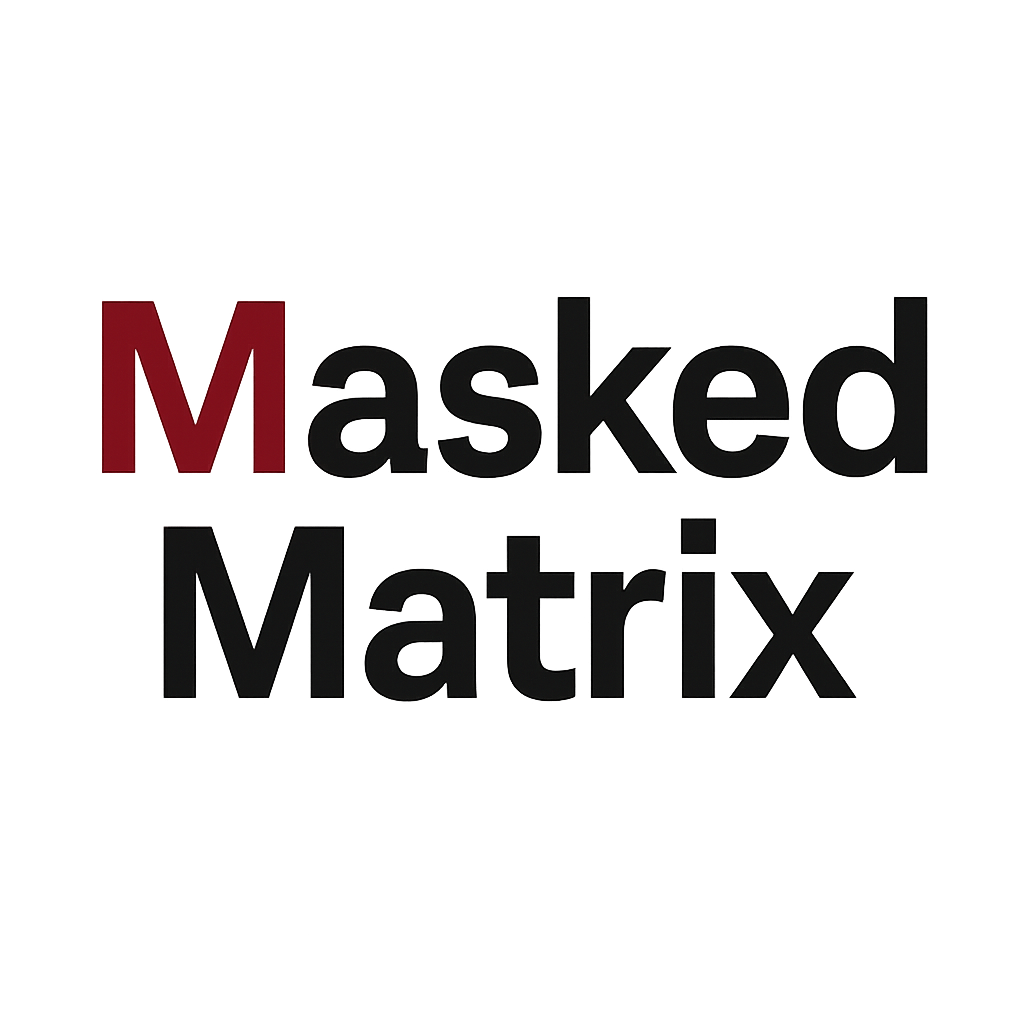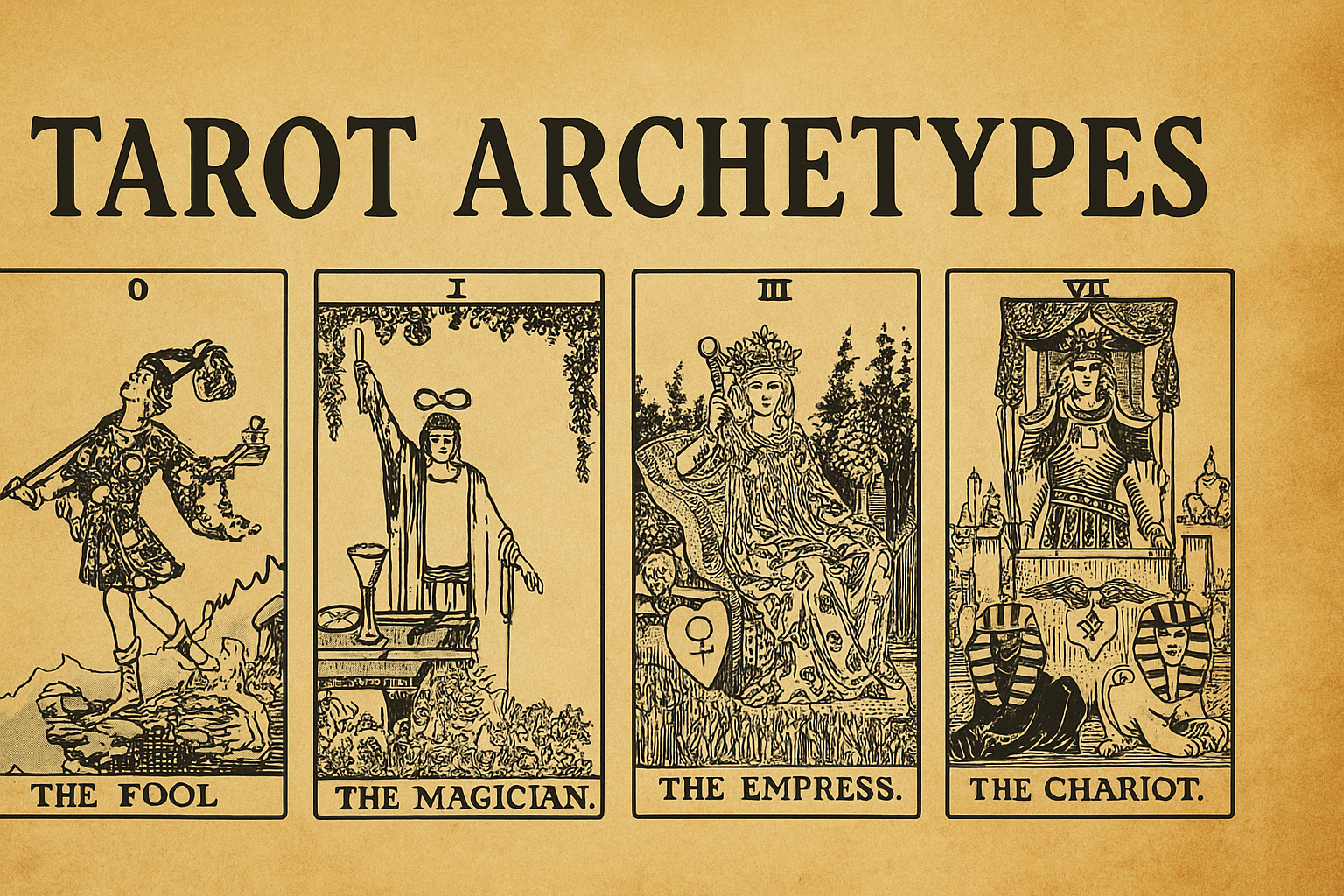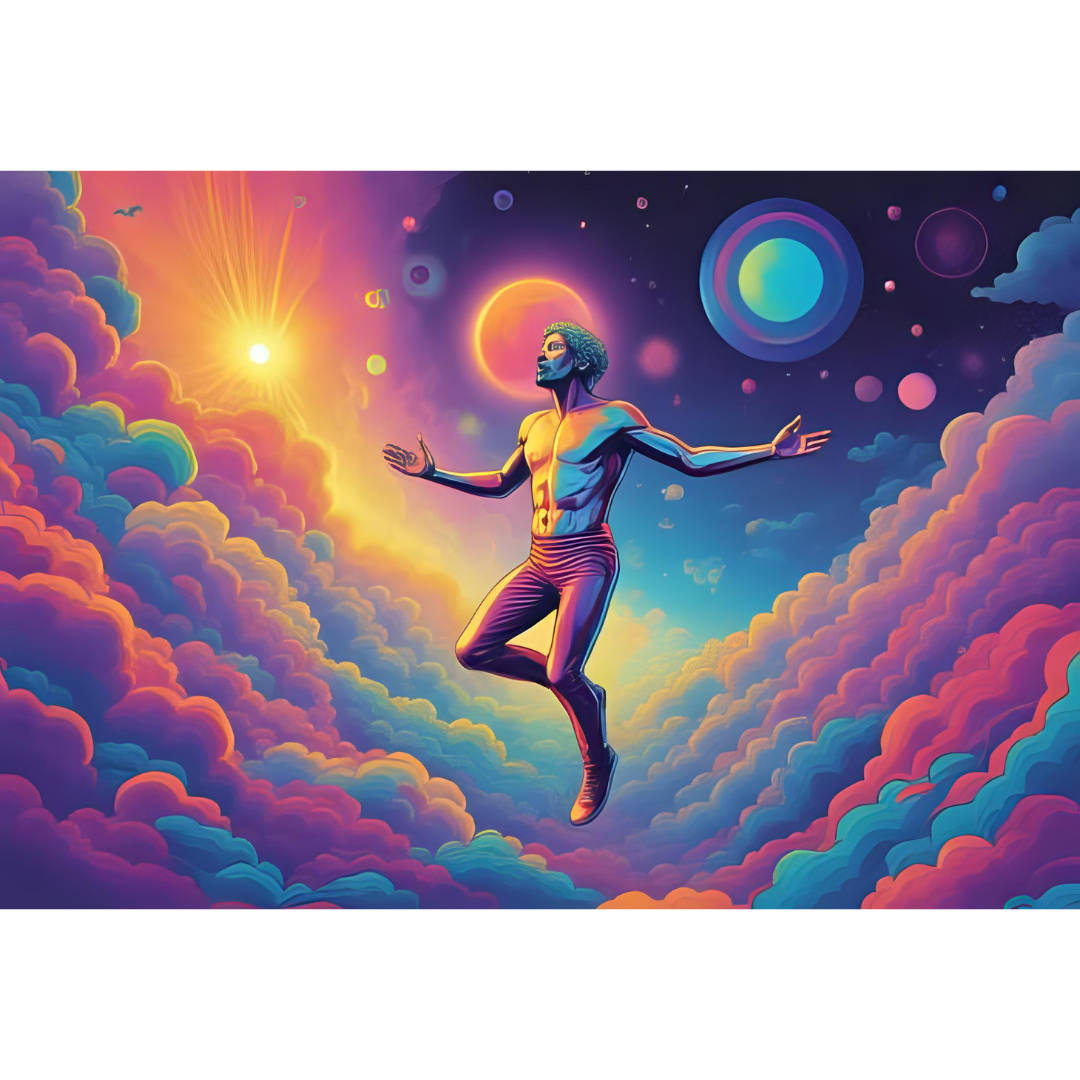
Holographic Universe: A Beginner-to-Master Guide to Reality
Holographic Universe Exploration
From Beginner to Master Understanding in One Immersive Journey
A Fractal Thread of Mystery
In the ancient temples of Egypt, on the lips of mystics, and etched into quantum formulas alike, a cryptic truth murmurs: Reality may not be what it seems. What if everything we see, touch, and believe to be ŌĆ£realŌĆØ is a projectionŌĆölike shadows on a cosmic wall? Welcome to the holographic universe theory, a profound confluence of metaphysical insight, scientific anomaly, and spiritual intuition.
This concept isnŌĆÖt mere fantasy or sci-fi speculationŌĆöitŌĆÖs a serious area of inquiry bridging black hole physics, consciousness studies, and esoteric traditions that predate modern science by millennia. This article unpacks the holographic model of reality, from its most basic premises to its most mind-expanding implications. Whether youŌĆÖre a curious seeker or a seasoned mystic, this is the map of the terrain.
What Is the Holographic Universe Theory?
At its core, the holographic universe theory posits that our three-dimensional reality is encoded on a two-dimensional surfaceŌĆölike a hologram. In a hologram, every part contains the whole. Likewise, in this theory, the information of the entire universe is stored in each part of it.
This idea gained scientific traction in the 1990s through physicists like Gerard ŌĆÖt Hooft and Leonard Susskind, who explored how information might be stored on the boundary of a space, especially in relation to black holes. It was Stephen HawkingŌĆÖs paradox about information loss in black holes that catalyzed the need for a new way of thinking about space, time, and entropy.
To metaphysicians, this was nothing new. Esoteric systems from Hermeticism to Vedanta have long proposed that the universe is “as above, so below”ŌĆöa projection of consciousness through layered dimensions. Science, at last, was catching up with the old mystics.
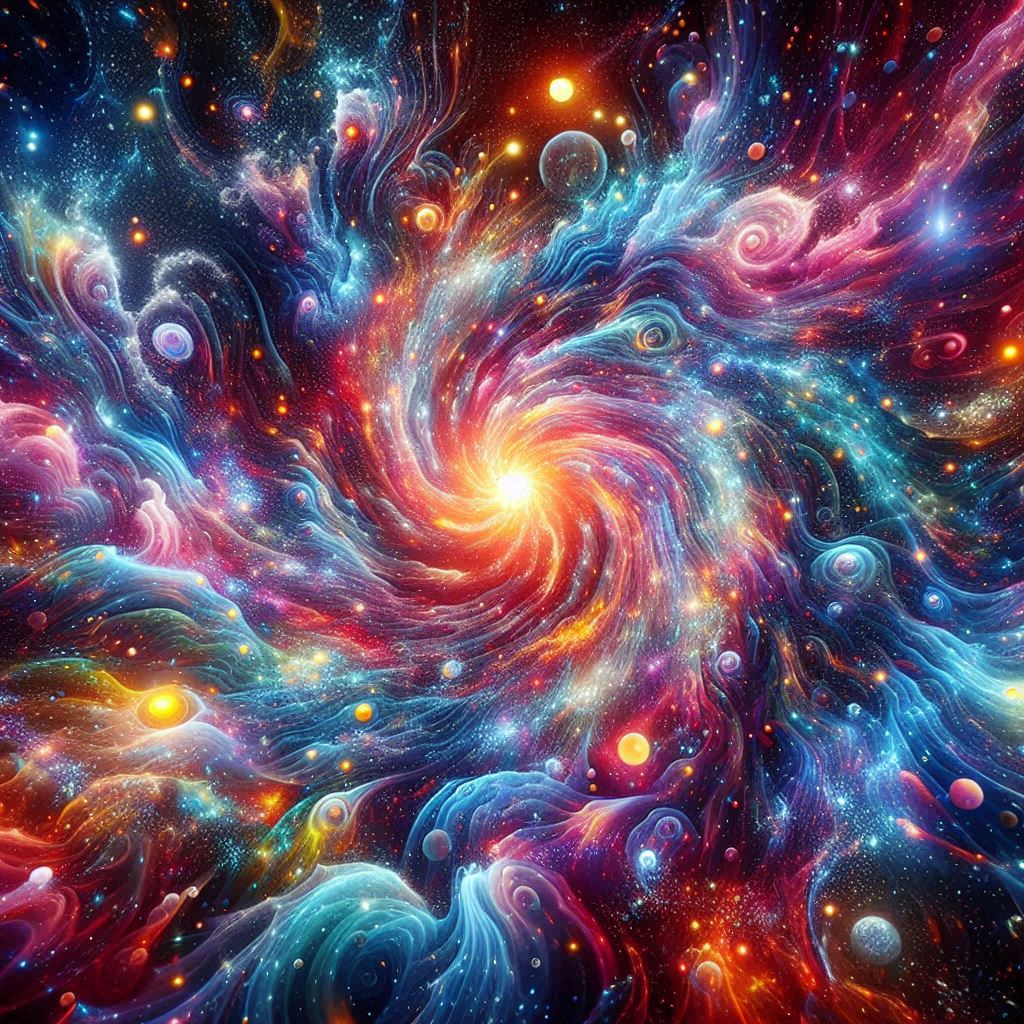
The Scientific Foundations: From Black Holes to Quantum Echoes
Physicist Jacob BekensteinŌĆÖs discovery that the information content of a black holeblack hole correlates to its event horizonŌĆönot its volumeŌĆöwas the first nail in the coffin of our traditional spatial intuition. This led to the Bekenstein-Hawking entropy formula, implying that information in space may exist on its surface, not within.
Then came the AdS/CFT correspondence, a revolutionary breakthrough by theoretical physicist Juan Maldacena, showing that a higher-dimensional gravitational system (like our universe) can be mathematically described by a lower-dimensional non-gravitational system on its boundary.
Think of a 3D movie encoded onto a 2D Blu-ray disc. Now imagine the universe working the same way. If our entire cosmos is encoded on a 2D cosmic boundary, then what we experience as reality may be a projection.
ŌĆ£We might be living in a hologram, and everything we experience is a projection from the edge of the universe.ŌĆØ ŌĆö Leonard Susskind
This theory doesnŌĆÖt just rattle physicsŌĆöit opens a new frontier where spirituality and science begin to speak the same tongue.
Ancient Mirrors: Mystical Roots of the Holographic View
Long before modern physics, the idea that reality is an illusionŌĆöor a projection of a deeper truthŌĆöhas been a cornerstone of mystical traditions. In Hermeticism, the axiom ŌĆ£As above, so belowŌĆØ reflects a fractal symmetry that mirrors the holographic concept.
The Upanishads, ancient Indian scriptures, describe reality as ŌĆ£MayaŌĆØŌĆöan illusion overlaying the deeper truth of Brahman, the universal consciousness. In Buddhism, form is emptiness, and emptiness is formŌĆöa paradox echoing the concept that what seems real is born from emptiness or a deeper field.
Kabbalistic mystics envisioned the universe as emanations (Sefirot) projected from the unknowable divine. Every part contains the whole. Every spark is a reflection of the infinite light.
These are not just poetic metaphorsŌĆöthey may be early descriptions of what modern science is only beginning to frame in equations.
Consciousness as the Projector
If the holographic universe is the screen, then what is the projector? Here, consciousness enters the equationŌĆönot as a byproduct of matter, but as its source.
Modern studies in quantum physics increasingly point to the idea that consciousness plays a key role in shaping physical reality. The observer effect, demonstrated in the double-slit experiment, suggests that particles behave differently when observed. This implies consciousness and reality are deeply entwined.
In a holographic model, consciousness is the field that both projects and perceives. We are not passive participants but active co-creators. This is more than self-help jargonŌĆöit aligns with the idea that every individual contains the blueprint of the whole, capable of tapping into the full spectrum of universal intelligence.
Recommended future article link: ŌĆ£The Observer Effect and Reality Creation: Quantum Mysticism ExplainedŌĆØ

Simulation vs. Holography: Are We in a Program?
The popular idea of the Simulation Hypothesis, popularized by Nick Bostrom and figures like Elon Musk, bears surface resemblance to the holographic universe. Both suggest that reality is not ŌĆ£base reality,ŌĆØ but a projection.
However, the holographic principle is not about being trapped in a computer; itŌĆÖs about the intrinsic encoding of information within space-time itself. ItŌĆÖs less Silicon Valley and more Sacred Geometry.
A simulation implies artifice; a hologram implies fractal depth and interconnectivity. The distinction matters: one points to a constructed illusion; the other to a cosmic design.
That said, both theories challenge materialism. And in both, what we call ŌĆ£realityŌĆØ is filtered through something beyond our perceptionŌĆöbe it code or consciousness.
Implications for Identity, Death, and the Soul
If reality is holographic, then what is the self? What happens at death? These are no longer just philosophical questionsŌĆöthey become logical extensions of the model.
In a holographic universe, the soul could be seen as a strand of the universal fieldŌĆöeternal, non-local, and unbound by space or time. Death, then, would be less an end and more a change in perspectiveŌĆölike flipping the channel while the source signal remains.
Near-death experiences, astral projection, and lucid dreams may be less paranormal and more glimpses behind the veilŌĆömoments when the mind tunes into other aspects of the hologram.
ŌĆ£The soul is not in the body; the body is in the soul.ŌĆØ ŌĆö Hermes Trismegistus
This reframing opens doors for deep healing, purpose, and cosmic belonging. What you are is not confined to flesh, nor is your fate bound to Earth alone.
Sacred Geometry and Fractal Reality
One of the strongest visual metaphors for the holographic universe lies in sacred geometrysacred geometry. Patterns like the Flower of Life, MetatronŌĆÖs Cube, and the Fibonacci spiral all suggest a universe constructed from recursive, self-replicating codes.
FractalsŌĆöpatterns that repeat at every scaleŌĆöare the mathematical expression of this. From tree branches to galactic arms, the same geometries echo across dimensions. These patterns are not decorative; they may be the scaffolding of the hologram.
This supports the idea that each part of the universe reflects the whole. The micro and the macro are linked through repeating symmetryŌĆöwhat some mystics call ŌĆ£The Signature of the Divine.ŌĆØ
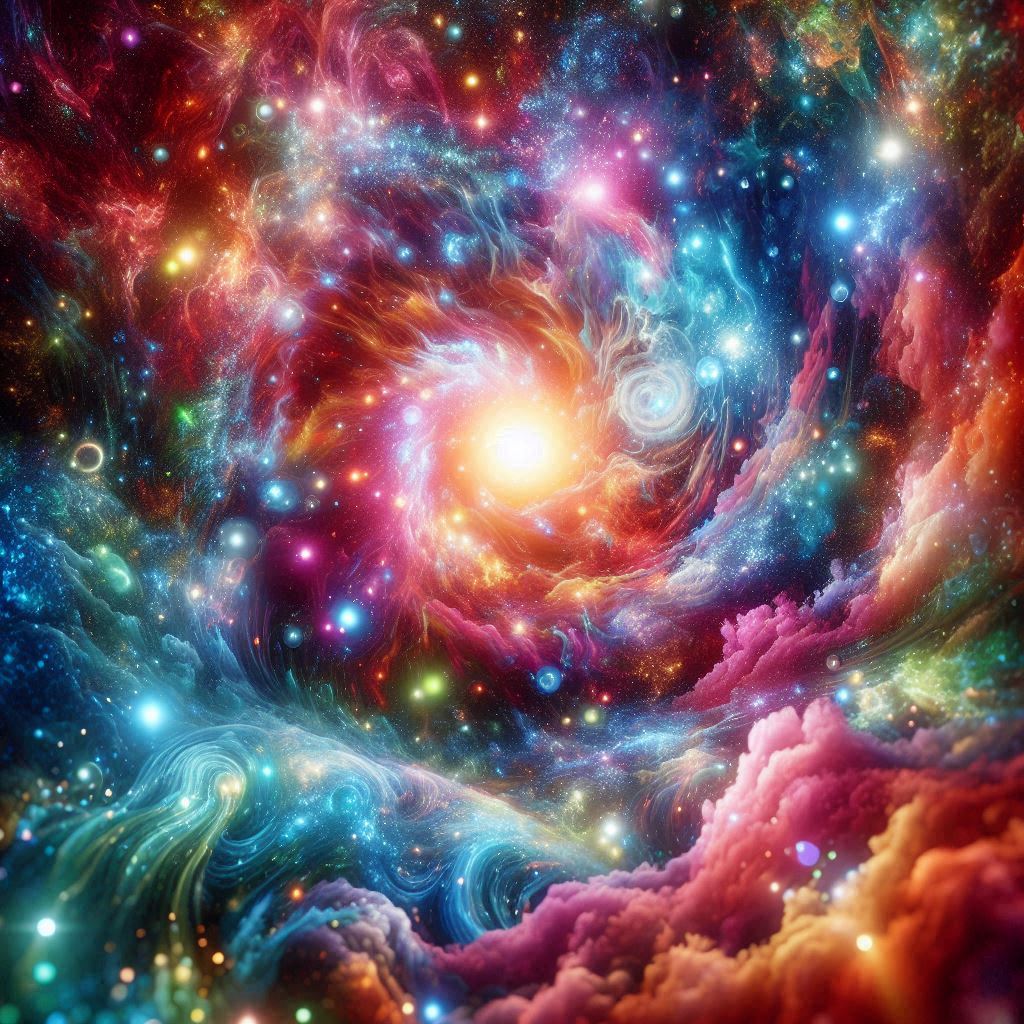
Practical Awakening: Living Within the Hologram
The final power of the holographic model lies not in theory but in practice. If reality is projected, and consciousness is the projector, then our thoughts, emotions, and beliefs are not passiveŌĆöthey sculpt the field itself.
This perspective empowers the seeker to master their reality. Techniques like meditation, visualization, ritual, and symbolic action are not just inner workŌĆötheyŌĆÖre tools of holographic modulation.
Shadow work becomes vital here; unintegrated parts of the self affect the projection. Healing is not only emotionalŌĆöit’s architectural, rebuilding the very structure of our experience.
Living within a hologram means learning to dream lucidlyŌĆöto become the aware dreamer of your waking life.
The Mirror of the Infinite
In the end, the holographic universe is not a cold equation or abstract metaphor. It is a poetic, living mirrorŌĆöa divine game of reflections. Every experience, person, moment, and symbol becomes a glyph within a grand mandala. Every breath participates in a cosmic dance of unfolding and return.
To know this is to walk as one who sees. The veil does not lift once, but again and again. And each unveiling deepens the realization: The universe is not outside of you. It is you, dreaming itself awake, one fractal layer at a time.
Read More:┬ĀDream Science: What Dreams Reveal About Mind, Sleep, and Reality
